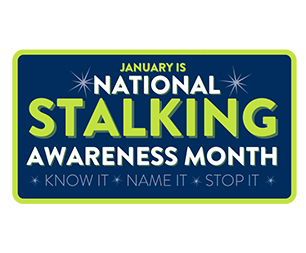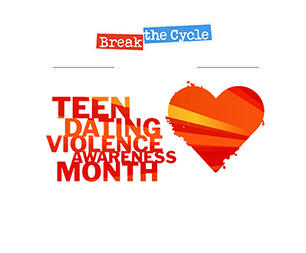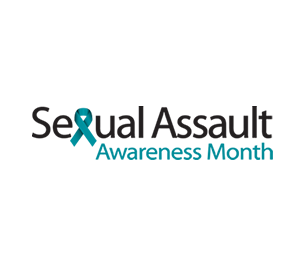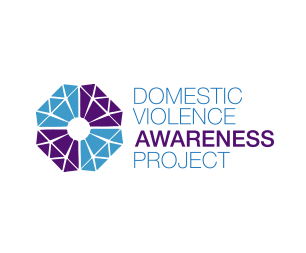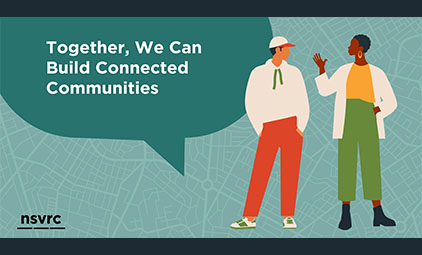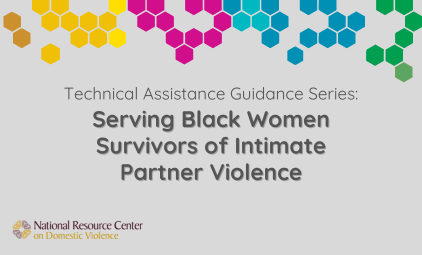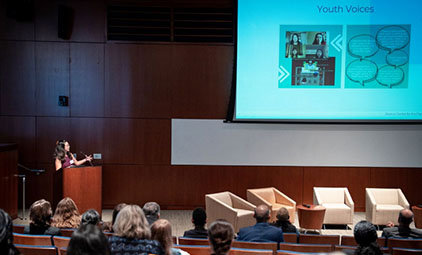Continuum of Evidence: The proof is in the pudding!

Why do we do what we do?
How do we know we are making a difference?
What does our experience tell us about what works?
Advocates are increasingly being asked to identify and integrate evidence-based practice into their programs. At the same time, practice-based evidence is gaining credibility and validity in the research arena. Both pieces are important to ensuring that our services are innovative, culturally-responsive, and best meeting the needs of survivors and their families. The highlighted resources in this issue explore the importance of evidence to our work.
We are at a pivotal moment in our movement history where we need to consider how partnering with researchers and documenting our successes can assist in advancing the field and securing essential resources. – Promising Futures, a project of Futures Without Violence
The CDC’s Understanding Evidence Part 1: Best Available Research Evidence. A Guide to the Continuum of Evidence of Effectiveness describes what “best available research evidence” means in the field of violence prevention, and serves to provide common language for researchers, practitioners, and policy-makers in discussing evidence-based decision making.
The Domestic Violence Evidence Project is designed to assist state coalitions, local domestic violence programs, researchers, and other allied individuals and organizations better respond to the growing emphasis on identifying and integrating evidence-based practice into their work. The National Resource Center on Domestic Violence (NRCDV) has developed a DV Evidence online resource center which houses a comprehensive evidence review of domestic violence core services, programs and innovative practices. TA and training tools will be developed in parallel to enhance the domestic violence field’s capacity to thoughtfully and responsibly review and/or translate evidence-based practices and practice-based evidence into their work.
See the Storify documenting the conversation on Twitter at #DVEvidence during the October 25, 2012 webinar to launch the new Promising Futures and DV Evidence Project online resources from Futures Without Violence and the National Resource Center on Domestic Violence.
Promising Futures: Best Practices for Serving Children, Youth, and Parents Experiencing Domestic Violence is a new website developed by Futures Without Violence (formerly Family Violence Prevention Fund) and is designed to help domestic violence advocates enhance their programming for children and their abused parents. If you are just starting to think about how your program’s policies could better reflect an equal commitment to domestic violence survivors and children, or you have been delivering holistic services for all family members for years, this website has information and tools that can help you advance your practice.
YOUTH SEXUAL VIOLENCE PREVENTION
VAWnet’s newest Applied Research Paper, Youth Sexual Violence Prevention by Patricia Cook-Craig in consultation with Mitru Ciarlante (September 2012) outlines the importance and value of engaging in sexual violence prevention work with youth. The paper discusses prevalence of sexual violence among youth populations, recent trends in prevention activities for youth, and a review of common strategies and challenges for engaging in this work. Feedback on the effectiveness and current evaluation efforts for the various approaches is offered.
![]() Listen to the related Applied Research podcasts (October 2012) in which Ali Mailen Perrotto interviews the author and advocate consultant of the paper. They share their thoughts on the research, trends, and recommendations discussed in the document.
Listen to the related Applied Research podcasts (October 2012) in which Ali Mailen Perrotto interviews the author and advocate consultant of the paper. They share their thoughts on the research, trends, and recommendations discussed in the document.
Podcast 1: Mitru Ciarlante, Principal at ACT for Change: Advocacy, Consultation, Training and advocate consultant for the paper. [11:55]
Podcast 2: Patricia Cook-Craig, MSSW, PhD, Associate Professor at the College of Social Work University of Kentucky and author of the paper. [12:55]
INTIMATE PARTNER VIOLENCE PREVENTION

The DELTA PREP Toolkit was developed by the DELTA PREP project, a collaboration of the Centers for Disease Control and Prevention (CDC), the CDC Foundation and the Robert Wood Johnson Foundation in support of 19 state domestic violence coalitions to build their organizational capacity for primary prevention of IPV. The Toolkit is a resource for state and community organizations that are engaging in primary prevention efforts and are interested in strengthening their organization’s ability to sustain and build upon their prevention work. CDC’s DELTA program has a particular focus on implementing evidence-supported strategies that incorporate behavior and social change theories.
Listen to PreventConnect’s podcasts, with Kristin Schubert of the Robert Wood Johnson Foundation and Lorien Castelle of the Pennsylvania Coalition Against Domestic Violence about a the Toolkit.
 On October 23rd, CDC’s VetoViolence – in partnership with the Administration of Children and Families (ACF) via the National Resource Center on Domestic Violence and VAWnet, Prevent Connect, and the Office of Violence Against Women (OVW) – co-hosted a Twitter Live Chat on intimate partner violence prevention at #VetoViolence. This discussion reviewed evidence-based programs, practices, and resources available to assist communities in their prevention efforts.
On October 23rd, CDC’s VetoViolence – in partnership with the Administration of Children and Families (ACF) via the National Resource Center on Domestic Violence and VAWnet, Prevent Connect, and the Office of Violence Against Women (OVW) – co-hosted a Twitter Live Chat on intimate partner violence prevention at #VetoViolence. This discussion reviewed evidence-based programs, practices, and resources available to assist communities in their prevention efforts.
Read the chat transcript and related resources at Veto Violence on Facebook.
SEXUAL ASSAULT SERVICE PROVISION
VAWnet’s new Discussion Guide: The Effectiveness of Sexual Assault Services in Multiservice Agencies by the National Sexual Violence Resource Center (October 2012) offers questions to consider after reading the Applied Research paper titled The Effectiveness of Sexual Assault Services in Multiservice Agencies, by Debra Patterson with contributions from Sally Laskey (September 2009). These discussions may assist in cultivating services for people healing from sexual violence.
CHILDREN EXPOSED TO DOMESTIC VIOLENCE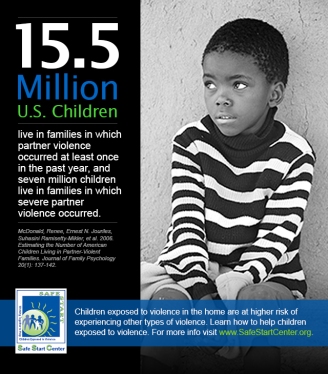
In observance of Domestic Violence Awareness Month, Safe Start Center teamed up with VAWnet to host a Twitter chat on October 24, 2012 about the impact of domestic violence on children at #CEVchat. Special guest Sherry Hamby, psychologist and researcher for the National Survey of Children’s Exposure to Violence (NatSCEV), offered key insight, findings, and implications of the research on this issue.
Access the Storify summary and follow-up resources from this engaging discussion.
HEALTH IMPACT AND SCREENING

U.S. Department of Health and Human Services hosted a kick-off event for Domestic Violence Awareness Month titled Bridging the Gap: Screening and Counseling for Intimate Partner Violence in Health Care Settings. Participants joined in person and via live webcast, and tweeted the event at #Screen4IPV and #DVAM2012.
Access the follow-up materials including the Storify summary and PowerPoint slides.
Safety & Privacy in a Digital World by the National Resource Center on Domestic Violence (September 2012) provides information and resources to support the safety and privacy of those who may or do experience technology-assisted abuse. It reviews the ways in which technology can be misused, offers tips for enhancing data security and personal privacy, and explores considerations for advocates and organizations serving survivors of abuse.
Heralding October as National Domestic Violence Awareness Month, several national anti-domestic violence organizations hosted the third annual “Call of Unity,” a free, 45-minute conference call held on Tuesday, October 2nd.
Visit the Storify summary to read the discussion, listen to the recording, access related blogs, view videos, hear music and access other useful related resources. Access The Advocate Poem authored by Kalimah Johnson, Founder of SASHA Center.
Eight domestic violence shelters in Alaska, Colorado, Minnesota, Missouri, New Jersey, North Carolina, Ohio, and Texas participated in the 3rd Annual National Sheltering Animals and Families Together (SAF-T) Day during DVAM 2012 to help raise funds and garner community support for their onsite pet housing programs. Currently over 74 shelters across 30 states host these types of programs.
Access additional information on the SAF-T Program including an informative webinar recording.
The National Sexual Violence Resource Center is on Pinterest and they need you! NSVRC noticed that “prevention pins” weren’t really getting at the heart of the issue. They are gathering great pins that show true prevention activities, self-care ideas, and more. Follow their boards or share some awesome prevention focused pins to help build the collection!
TA QUESTIONS OF THE MONTH
Read and comment on these recent requests received by the National Sexual Violence Resource Center and National Resource Center on Domestic Violence!
November 2012: How can I build my program’s capacity to provide trauma-informed services?
Adopting a trauma-informed approach to domestic violence advocacy means attending to survivors’ emotional as well as physical safety. (…) It also means ensuring that all survivors of domestic violence have access to advocacy services in an environment that is inclusive, welcoming, destigmatizing, and non-retraumatizing.” ~ National Center on Domestic Violence, Trauma & Mental Health
October 2012: How can I incorporate NO MORE into my public education and awareness efforts for DVAM and beyond?
Created in 2010 by a group of individuals from varying backgrounds, NO MORE seeks to stop the stigma, shame and silence surrounding domestic violence and sexual assault through the implementation of a unifying symbol that can be used by all to show support for ending these forms of abuse.
RECENT ADDITIONS
View all recent additions to the VAWnet library. Highlights include…
Assisting Trafficking Victims Information Packet by the National Sexual Violence Resource Center (October 2012)
Technology & Confidentiality Resources Toolkit by NNEDV’s Safety Net Project, The Confidentiality Institute, and the U.S. DOJ Office of Violence Against Women (2012)
Online Shelter Rules Advocacy Toolkit by the Washington State Coalition Against Domestic Violence (2012)
Creating Trauma-Informed Services Tipsheet Series by the National Center on Domestic Violence, Trauma & Mental Health (2012)
Lesbian, Gay, Bisexual, Transgender, Queer and HIV-Affected Intimate Partner Violence, 2011 by the National Coalition of Anti-Violence Programs (October 2012)
Sexual Violence & Individuals Who Identify as LGBTQ Information Packet by the National Sexual Violence Resource Center (September 2012)
Action Planning Workbook: Building Your Organization’s Capacity for Primary Prevention: Developing an Action Plan by the Work Group for Community Health and Development, University of Kansas for the CDC Foundation (September 2012)
Safe Start Center’s Toolkit for Schools by the Safe Start Center (2012)










